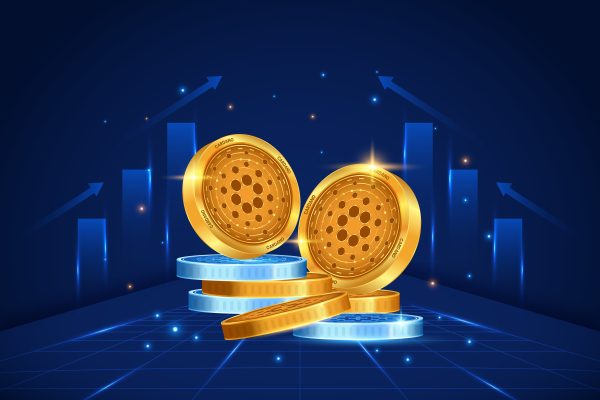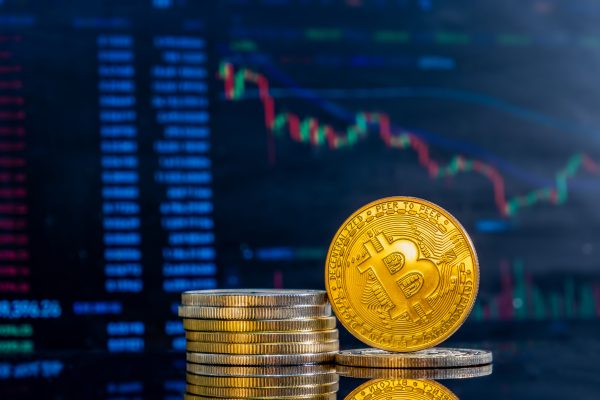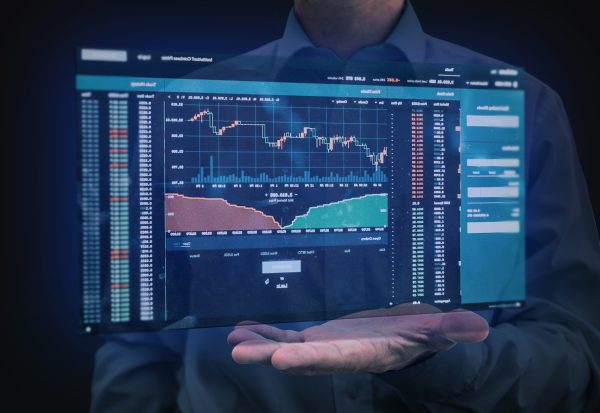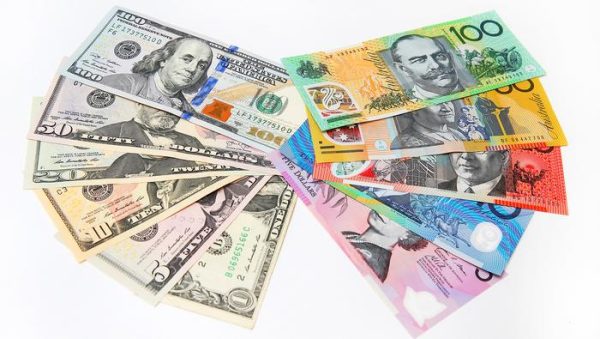Cryptocurrencies have disrupted traditional financial systems and gained immense popularity over the past decade. As we enter the year 2023, the digital currency landscape continues to evolve, with new projects and technologies emerging. Let’s take a closer look at the top 10 cryptocurrencies that are shaping the future of finance.

BTC or Bitcoin
Bitcoin, which is sometimes referred to as the first cryptocurrency, is still the market leader. Bitcoin is a peer-to-peer digital money that was invented in 2009 by an unidentified person or group of people under the pseudonym Satoshi Nakamoto. It makes use of blockchain technology, which gives its transactions security and transparency. Despite considerable price swings over the years, Bitcoin is still seen as a store of wealth and an inflation hedge.
Ethereum (ETH)
A decentralised computing platform that facilitates the development of smart contracts and decentralised apps (dApps), Ethereum is more than simply a cryptocurrency. Ethereum, developed by Vitalik Buterin in 2015, pioneered the idea of a blockchain that can run code, enabling the creation of a variety of dApps that go beyond merely transferring virtual currency. The native coin of the Ethereum platform is called ether (ETH), and it powers transactions and dApps. Its capacity to facilitate the production of new cryptocurrencies, known as tokens, is what makes Ethereum special. This feature has caused the initial coin offering (ICO) market to explode and decentralised finance (DeFi) apps to become increasingly popular.
Tether
One cryptocurrency that falls within the stablecoin category is called Tether (USDT). It was developed to provide a virtual money that is 1:1 correlated to the value of a fiat currency, especially the US dollar (USD). Thus, each USDT token is intended to stand in for and be backed by a single US dollar in a reserve.
Binance Coin (BNB)
The native cryptocurrency of one of the biggest cryptocurrency exchanges in the world, Binance, is called Binance Coin. Binance Coin was first introduced in 2017 by Changpeng Zhao as a utility token for reduced trading costs on the Binance platform. But with time, it changed into a versatile token with several applications. Binance Smart Chain (BSC), a blockchain platform that facilitates the development of decentralised applications (dApps) and the issuing of new tokens, is powered by Binance Coin, which is primarily used for trading and paying fees on the Binance exchange. Due to its expanding acceptance and popularity, as well as the accomplishments of Binance’s ecosystem, Binance Coin’s value has increased.
Cardano (ADA)
A blockchain platform called Cardano seeks to provide a scalable, secure, and decentralised ecosystem for the creation of smart contracts and decentralised applications (dApps). The primary goal of Cardano, which was developed by Charles Hoskinson, a co-founder of Ethereum, is to provide a strong and dependable blockchain system. The native cryptocurrency of Cardano is known as ADA, and it is used for transactions, staking, and taking part in the management of the Cardano network. Cardano has drawn attention for its cutting-edge use of blockchain technology, notably its proof-of-stake (PoS) consensus mechanism, which seeks to be more scalable and energy-efficient than Bitcoin’s proof-of-work (PoW) consensus.
XRP
In 2012, Ripple Labs, a technological startup with headquarters in San Francisco, launched the cryptocurrency XRP. It is intended to support quick and inexpensive cross-border payments and give financial institutions liquidity.
With several prominent partnerships and cooperation with banks and payment service providers, XRP has seen tremendous acceptance in the financial sector. The U.S. Securities and Exchange Commission (SEC) sued Ripple Labs in December 2020, claiming that XRP is an unregistered securities, therefore it has also encountered legal issues. The lawsuit’s verdict, which will have an impact on XRP’s future, is still pending.
Solana (SOL)
A high-performance blockchain platform for cryptocurrencies and decentralised apps is called Solana. It was developed by Anatoly Yakovenko in 2017 with the intention of resolving the scalability problems that many other blockchains experience. Proof-of-history (PoH), a novel consensus technique used by Solana, gives a historical record of transactions, enabling quicker transaction times and increased throughput. The native cryptocurrency of Solana is known as SOL, and it is employed for transactions, staking, and taking part in network administration. Due to its quick transaction times and expanding ecosystem of dApps, Solana has become more popular.
Polkadot
A cryptocurrency and multi-chain network called Polkadot (DOT) attempts to link different blockchains together so that they may work together and share data in a safe and scalable way. Polkadot was introduced in 2020 by the Web3 Foundation, which was established by Gavin Wood, one of the Ethereum co-founders.
A relay chain, which acts as the primary hub linking other parachains (or parallel chains) that can each have their own special features and functions, is the foundation of Polkadot’s innovative architecture. As a result, an ecosystem of interconnected chains that is scalable and interoperable may be created by interacting and exchanging data between various blockchains.
Litecoin
The cryptocurrency known as Litecoin (LTC) was developed in 2011 by Charlie Lee, a former Google developer. It is frequently referred to as the “silver” to Bitcoin’s “gold” because of its similarities to Bitcoin and desire to offer a quicker and less expensive alternative to Bitcoin for transactions and payments.
Like Bitcoin, Litecoin is built on an open-source blockchain network with a proof-of-work consensus algorithm. Scrypt is a new hashing algorithm, and it features a quicker block generation time than Bitcoin (2.5 minutes vs. 10 minutes), as well as a greater maximum supply limit than Bitcoin (84 million LTC vs. 21 million BTC).
Faster transaction times and reduced transaction fees as compared to Bitcoin are two of Litecoin’s major objectives. Because it offers speedier confirmation times and reduced transaction costs, it is appropriate for smaller transactions and everyday use. Micropayments, internet transactions, and transfers are frequently made using litecoin.
Avalanche
In order to create scalable, high-performance, and decentralised ecosystems for developing decentralised apps (dApps) and blockchain solutions, Avalanche (AVAX) is a cryptocurrency and blockchain platform. Ava Labs, a group of blockchain professionals lead by Emin Gün Sirer, a computer scientist noted for his work on distributed networks, launched Avalanche in 2020.
There are only 720 million AVAX tokens available from Avalanche. Of which, fifty percent, were produced and delivered at the time of its 2020 debut. The remaining tokens will eventually be produced through the minting process as staking incentives. Additionally, unlike Bitcoin and Ethereum, Avalanche does not pay validators any fees; instead, all fees are burnt, making AVAX even rarer.








